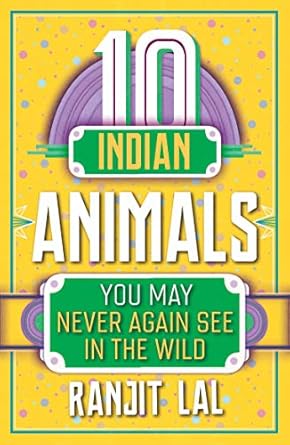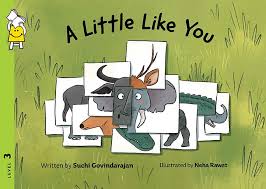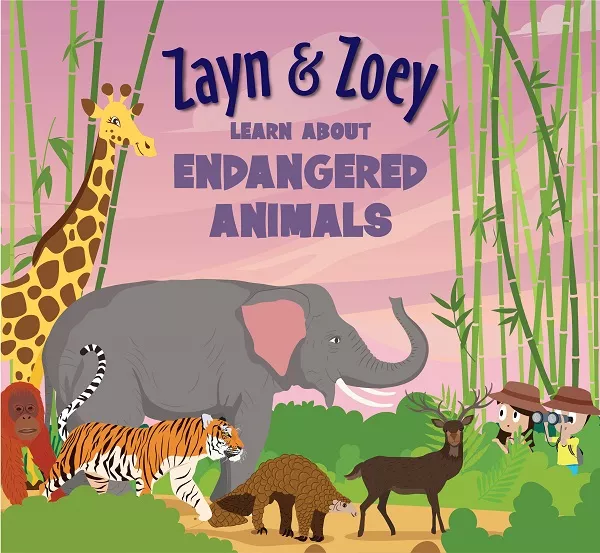History, Mystery, & Horned Glory...Rhinoceros in Indian Children's Books
- JoAnne Saldanha
- Sep 30, 2024
- 4 min read
This post first appeared as a feature in the Nature Writing for Children Newsletter

Picture credit 'Run Ranga, Run.'
‘The rhino is a homely beast,
For human eyes, he’s not a feast.
Farewell, farewell, you old rhinoceros,
I’ll stare at something less prepoceros.’
When Ogden Nash, the American punster and poet extraordinaire, stated his preference for something more pleasing to the eye than the rhinoceros, he likely didn’t foresee a future where saying‘farewell’ to this magnificent creature might no longer be a choice. The rhinoceros, which has captivated the imagination of artists, poets, writers and explorers for centuries, has been in danger of extinction for quite some time.
As evidenced in seals from the Harappan era, rhinos have roamed the Indian subcontinent for more than 5,000 years. But, as history tells us, they were indiscriminately hunted by Indian maharajas, Mughal emperors and British colonial rulers. In Geeta Dharmarajan and Srivi’s much-loved picture book Run Ranga! Run! a young rhino poignantly asks:
Do humans know that we rhinos are scared of no one else but them?
Ranjit Lal outlines the reasons for this predicament of the‘baby-faced behemoth’ in his book 10 Indian Animals You May Never Again See in the Wild.“Much of the rhino’s misfortune is due to its iconic horn,” he writes. The very name of the animal comes from the Greek words for nose (rhino) and horn (ceros). From increasing virility to easing childbirth, the rhino horn, made up of strands of keratin, is famed for having all kinds of desirable properties. Yet most of these claims can be ascribed to quacks who benefit immensely from spreading such misinformation that has been the death knell of the Indian rhino.
Arup Kumar Dutta’s The Kaziranga Trail showcases the danger that the animal faces from illegal hunting, through the adventures of three young boys who chance upon a dead rhinoceros in a wildlife sanctuary and set out to find clues to the crime. Meanwhile, Zayn and Zoey Learn about Endangered Animals highlights other threats to their survival, such as habitat loss caused by encroachment and climate change.
The rising floodwaters of the Brahmaputra River drown several rhinos each year, creating a need to provide these animals with access to higher ground beyond the boundaries of the national parks housing them. In Pugmarks and Carbon Footprints, a collection of wildlife cartoons and comics, Rohan Chakravarty includes a heartfelt thank-you from rhinos to those who work tirelessly to protect them during floods.
Numbering only a few hundred in the early 1900s, the Indian rhino population has grown to over 4,000 today because of conservation efforts in India and Nepal. About 90% of this population is concentrated in the Kaziranga and Pobitora National Parks in India, and the Chitwan National Park in Nepal. Despite this success, the species remains listed as‘vulnerable’.
Notwithstanding this grim reality, the peculiar appearance of the rhinoceros has long inspired wonder and fantasy. In 1769, the British children’s publisher Thomas Boreman, who brought out several books on animals, wrote of the rhinoceros:
He has two girdles upon his body, like the wings of a dragon, from his back down to his belly … his skin is so hard that no dart is able to pierce it, and covered over with scales, like the shell of a tortoise.
His description, accompanied by a sketch of the creature alongside a unicorn, is an amusing portrayal of the rhinoceros. This playful imagination continues in Ashwin Guha and Vaibhav Kumaresh’s picture book The Homework, where Bhattu and Kittu envision this‘large mammal’ for a school project. The Indian rhino’s tough, armour-like skin also appears to have inspired the whimsical story,‘How the Rhinoceros Got His Skin’ in Rudyard Kipling’s anthology Just So Stories.
The Indian rhino’s scientific name unicornis comes from the Latin words for one (uni) and horn (cornis) and places it in the realm of the mythical unicorn. This once made it a prize catch for menagerie owners and poachers alike. In 18th century England, people were obsessed with touching its‘magical’ unicorn horn — a fact which comes up in Nandini Nayar’s Are there Bun Shops in the Jungles of India?, a collection of stories on animals shipped out of India during the British Raj and caged in English menageries for the amusement of locals.
However, the Indian rhino is very real, as are the threats it faces. Unless awareness is created about the plight of rhinos, these remarkable creatures may be lost forever to the myths and legends that once gave them their fame. Children’s books can evoke emotions and create connections to wildlife, inspiring young readers to care and act for the conservation of vulnerable creatures like rhinos.
Bibliography
10 Indian Animals You May Never Again See in the Wild (Duckbill)
The Kaziranga Trail (Children’s Book Trust)
Zayn and Zoey Learn about Endangered Animals (Curious Concepts)
Pugmarks and Carbon Footprints (Penguin)
Run Ranga! Run! (Katha)
The Homework (Karadi Tales)
Just So Stories (can now be accessed freely through Project Gutenberg – link: https://www.gutenberg.org/files/32488/32488‑h/32488‑h.htm)
Are there Bun Shops in the Jungles of India? And Other Secret Stories From History (Hachette)
Unicornis: The Great Indian One-Horned Rhinoceros (Arup Kumar Dutta)
A Little Like You (Pratham)
Subscribe to the Nature Writing for Children Newsletter by writing to nwfc@apu.edu.in




















コメント